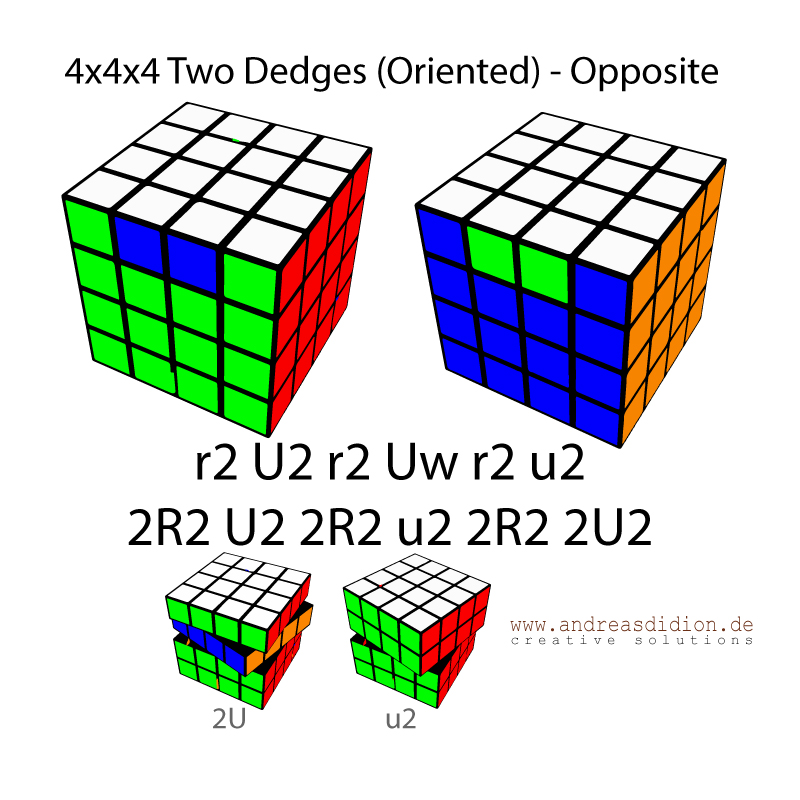
The corners reach to the center of the puzzle (like the original mechanism) and the center pieces hold the central edges in place (like the Eastsheen mechanism). The V-Cube 5 mechanism, designed by Panagiotis Verdes, has elements in common with both. The non-central edges hold the corners in place, and the internal sections of the corner pieces do not reach the center of the cube. The fixed centers hold the centers next to the central edges in place, which in turn hold the outer edges. The Eastsheen version of the puzzle uses a different mechanism. This feature is unique to the original design. The fixed centers have two sections (one visible, one hidden) which can turn independently. All non-central pieces have extensions that fit into slots on the outer pieces of the 3×3×3, which keeps them from falling out of the cube while making a turn. The original Professor's Cube design by Udo Krell works by using an expanded 3×3×3 cube as a mantle with the center edge pieces and corners sticking out from the spherical center of identical mechanism to the 3×3×3 cube. Verdes Innovations sells a version called the V-Cube 5. This version had colored tiles rather than stickers. The early versions of the 5×5×5 cube sold at Barnes & Noble were marketed under the name "Professor's Cube" but currently, Barnes and Noble sells cubes that are simply called "5×5 Cube." used to sell a limited edition version of the 5×5×5 cube called the Professor's Cube. Mèffert had reissued the cube under the name "Professor's Cube" in the 1990s. The 5×5×5 cube got its name when the cube was marketed in Japan under the name "Professor's Cube".

Ideal Toys, who first popularized the original 3x3x3 Rubik's cube, marketed the 5x5x5 cube in Germany as the "Rubik's Wahn" (Wahn means illusion or delusion). Uwe Mèffert manufactured the cube and sold it in Hong Kong in 1983. Out of the many designs that were proposed, Udo Krell's design was the first 5×5×5 design that was manufactured and sold. The Professor's cube was invented by Udo Krell in 1981.


 0 kommentar(er)
0 kommentar(er)
